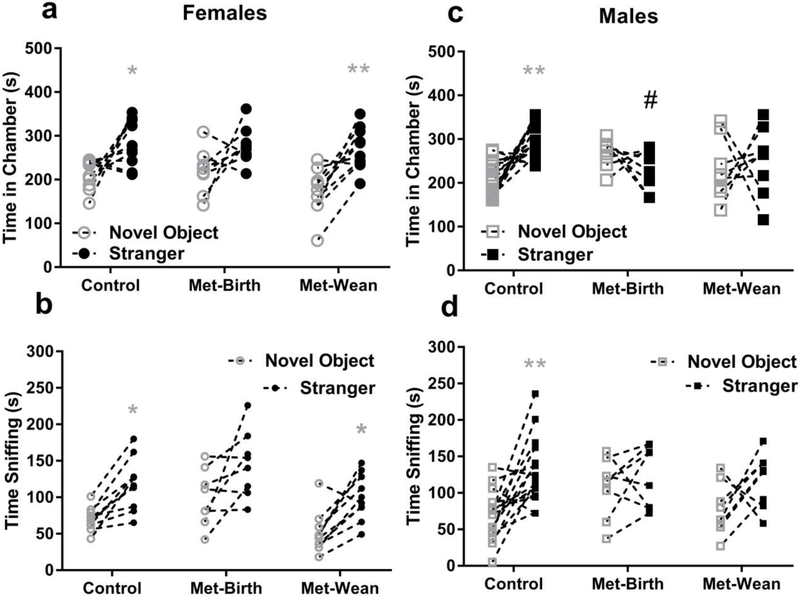Fig. 3. Gestational metformin exposure reduced male preference for social interaction.
There were no significant differences in female offspring sociability preference between groups. Within groups, a) time spent in stranger chambers (filled circles) vs. novel objects (open circles) was greater in female offspring of control dams (mean ± sem = 283 ± 17 vs. 212 ± 11 sec,*p < 0.05, N = 10) and dams treated with metformin through wean (Met-wean = 271 ± 15 vs. 170 ± 16 sec,**p<0.01, N = 10), but not from dams given metformin through birth (Met-birth = 279 ± 15 vs. 219 ± 18 sec, N = 8). b) Time spent sniffing stranger mice vs. novel objects was also greater in female offspring of control dams (119 ± 11 vs. 70 ± 5 sec,* p <0.05) and Met-wean (100 ± 10 vs. 51 ± 9 sec, *p < 0.05), but not Met-birth (146 ± 16 vs. 100 ± 14) exposed females. Male offspring from Met-birth dams spent significantly more time in novel object chambers and less time with strangers (# p < 0.05 in c) and exhibited a loss of social interaction preference in chamber entries (* p <0.05), but not in sniffing (d). Within groups c) time spent in stranger chambers (filled squares) vs. novel objects (open squares) was greater in male offspring of controls (mean ± sem = 301 ± 10 vs. 209 ± 10 sec,**p < 0.01, N = 16) but not in male offspring from Met - birth (231 ± 17 vs. 268 ± 11 sec, N = 8), or Met- wean (250 ± 28 vs. 231 ± 25 sec, N = 8) dams. d) In sniffing male offspring of controls displayed a preference for strangers vs. objects (130 ± 11 vs. 68 ± 8 sec, ** p <0.01) male offspring from Met-birth (123 ± 15 vs. 107 ± 15 sec) or Met-wean (118 ± 13 vs. 78 ± 13 sec) dams did not. Data are presented as symbols for novel object and stranger dwelling or sniffing times with a connecting line between measures of each individual animal.

